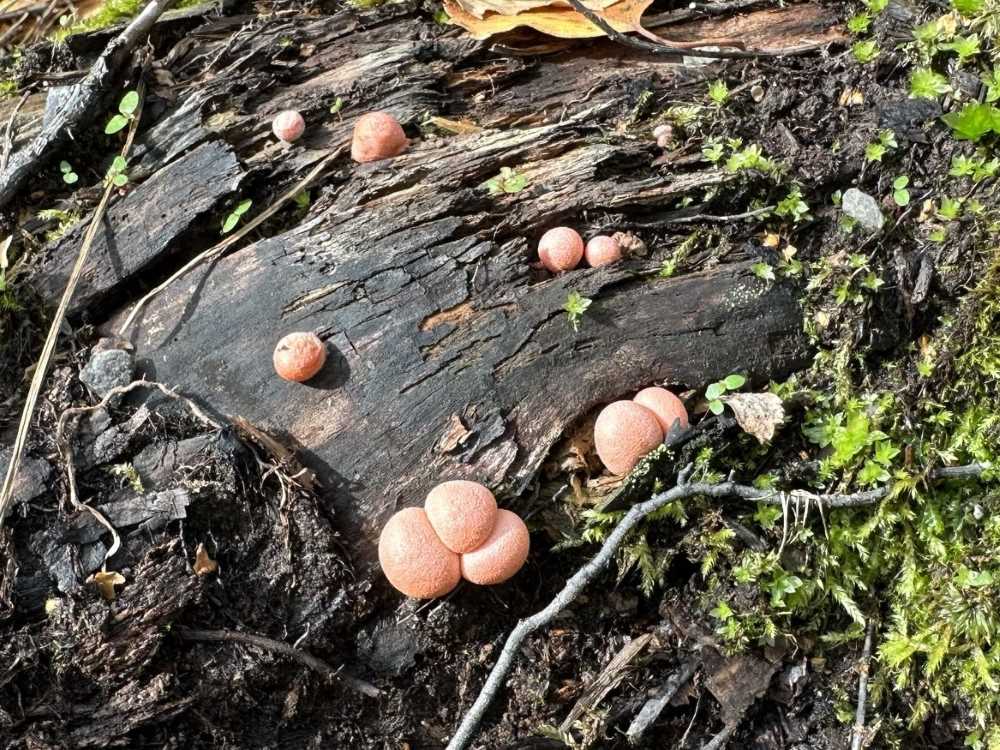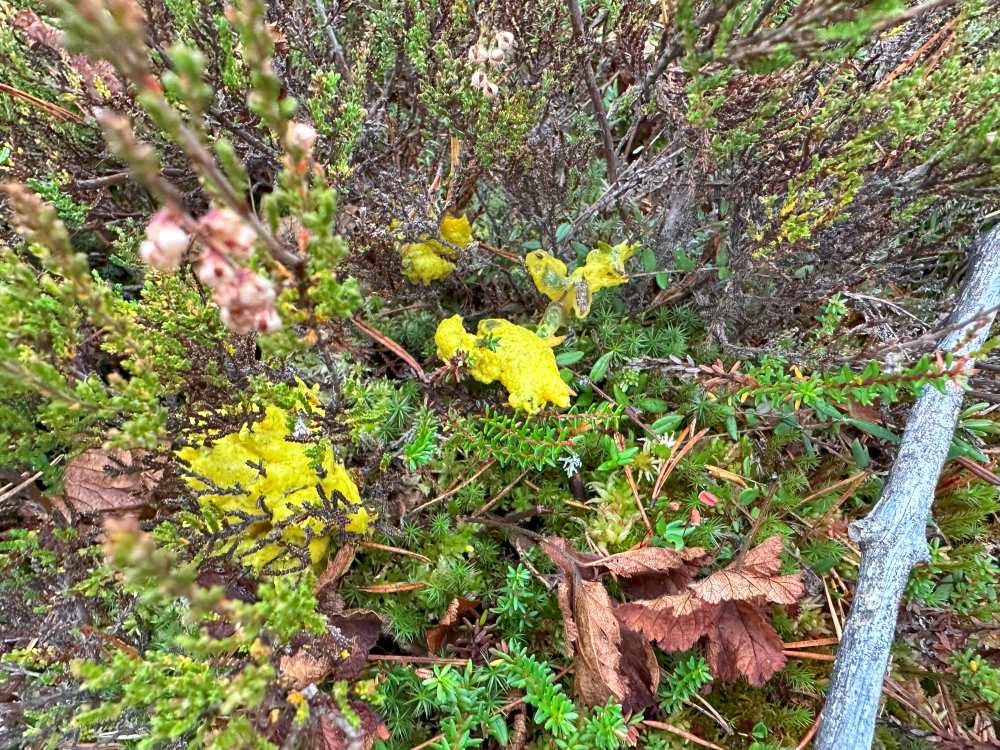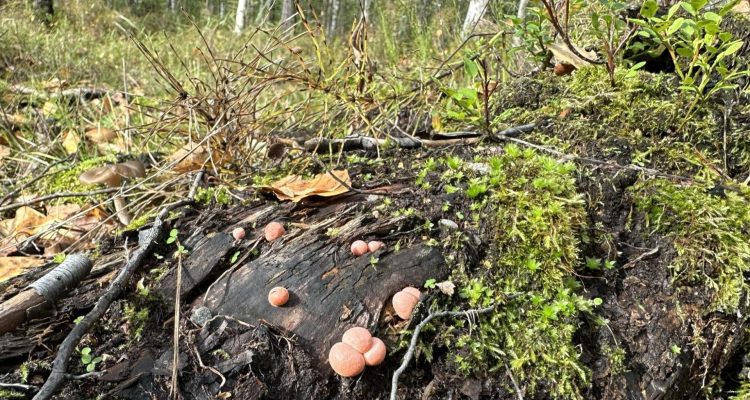I recently ran into these weird slime molds known as wolf’s milk and dog vomit in a forest in Finland. What on earth are these pink blobs and yellow butter that occur on plants or tree stumps, I wondered. The pink blobs were changing their color from pink to light green within a week, and the yellow butter changed its shape and seemed to be moving. Are they plants? Are they mushrooms? Are they aliens?
What are slime molds
Slime molds are not plants, neither fungi nor animals, but they belong to the same group as amoebas. They are everywhere, but they are very small and mostly unnoticeable. When you do see them, they are stunningly beautiful and peculiar little creatures. Have you ever seen them in Finland?
Surprisingly, there are over 200 different slime mold species that you may encounter in Finland. For a long time, paranvoi and sudenmaito were the only slime molds with names in Finnish. I found the origin of these two names quite interesting.
Wolf’s milk (Lycogala epidendrum)
Lycogala epidendrum, also called wolf’s milk or groening’s slime, is a widespread myxogastrid amoeba species often confused with fungi. If you burst one blob, a blood-like liquid will ooze out. In ancient times, people in Finland believed that there was blood in the milk of a predator, and that a puppy would get its killer instinct in its mother’s milk. That’s why this blood bursting blob was called sudenmaito, wolf’s milk, also in Finland.

I found these pink blobs in a dog forest, I hope Nalle didn’t inherit killer instinct from them.
Dog vomit slime mold (Fuligo septica)
Fuligo septica is a slime mold that has many names. In English it’s usually known as scrambled egg slime, or flowers of tan because of its peculiar yellowish appearance. It is also known as dog vomit slime mold or Jasmine mold. To me, it totally looked like dog vomit so I’m going to call it like that.

The dog vomit slime has been known for a long time. In 1727, French botanist Jean Marchant described the dog’s vomit as fleur de tan and classified it as des éponges. Carl Linnaeus later named it Mucor septicus in 1763 in his Species Plantarum. In 1780, German botanist Friedrich Heinrich Wiggers transferred it to the genus Fuligo. Imagine what it was like to study nature at those times without access to internet or Google Lens.
In Finnish dog vomit slime mold is known as paranvoi. The slime was considered as secretion of para, which was an ancient spirit in Finnish mythology. Para was a farm elf who did favors for the owner of the house and helped increase wealth. Para used to steal milk and butter from the neighbors and sometimes it vomited some of the butter into the forest. That’s why paran voi, para’s butter has also been called paran oksennus, para’s vomit, or paran paska, para’s shit.
Isn’t Finnish nature fascinating?
If Finnish mythology interests you, check out also these posts
Hyypiö trail shows the best of Liesjärvi National Park
Astonishing Äkässaivo on Saivonkierros nature trail in Muonio
Pakasaivo, the Hell of Lapland
Näkkälä’s Seita is a famous old sacred site in Enontekiö
Tepasto nature trail in Kittilä is a home for gnomes
Rumavaara and devil’s field in Pudasjärvi
Magic of the giant’s kettles in Askola

